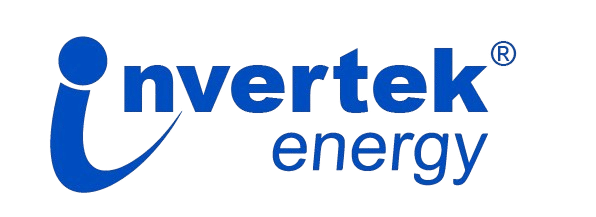
In the modern-day tech-enabled world, inverters have become essential for ensuring uninterrupted power supply in homes and businesses. In areas prone to power outages, inverters play an instrumental role. For basic understanding, an inverter converts DC power stored in batteries to AC power. This AC power in turn can be used by different kinds of electrical appliances. Inverter like any other machine can sometimes face technical issues. A common one is inverter overload. It causes disruption to power supply and sometimes may cause damage to the inverter and connected devices.
What is Inverter Overload?
An inverter overload occurs when the power demand from connected appliances exceeds the inverter’s maximum capacity. The gap in supply and demand causes the inverter to draw excessive current. This results in overheating and potential damage.
Causes of Inverter Overload
One of the major causes of an inverter overload is exceeding capacity. It occurs when the total power drawn by connected appliances surpasses the inverter’s rated output capacity. In some cases, one or more appliances may malfunction. Due to internal faults, they may unexpectedly start drawing excessive power. This can also result in overload conditions. At times, battery condition of an inverter also plays a crucial role. Poorly maintained or failing batteries may fail to supply sufficient power. Such a condition may force the inverter to work harder than usual, resulting in an overload. There is a possibility that inverter may have some internal faults like damaged components or outdated firmware. It can be a manufacturing defect as well. In such a case, it is quite possible for the inverter to erroneously interpret normal operating conditions as an overload situation.
Symptoms of Overload
- The inverter alarms or beeps
- Automatic shutdown of the inverter to prevent damage
- Display warnings such as flashing lights or error messages indicating overload
Why Inverter is Showing Overload?
- Simple user error in connecting too many devices at once
- Can cause short circuits, leading to false readings of high current draw
- High ambient temperatures can lead to reduced efficiency and apparent overload
Inverter Showing Overload Without Actual Load
In some cases, an inverter showing overload despite not being overload in reality. It can be attributed to several factors. Due to faulty sensors or improperly calibrated settings, an inverter can detect incorrectly. Moreover, software glitches or bugs in the inverter’s firmware can also raise false alarms. They may cause the system to process information inaccurately which in turn give wrong overload alerts. In addition to these, residual electrical charge can accumulate in the inverter’s circuits. This condition can mimic the condition of an actual overload. An inverter may behave overloaded by triggering alarms or shutdowns. Such false alarms despite the actual electrical load being within normal operational limits should be inspected right away. Technical diagnostics can pinpoint and resolve the underlying causes.
Overload Problem Solutions and Troubleshooting Steps
Resetting the Inverter
When the Inverter Continuously Shows Overload
- Immediately turn off and disconnect everything from the inverter.
- Check each component—batteries, wires, and appliances for faults.
- If the problem persists, it may be necessary to consult a professional.

Preventive Measures
Proper installation, regular maintenance, effective load management, and timely upgrades are essential practices to ensure the optimal performance and longevity of an inverter. The first thing to confirm is that the inverter is installed correctly. Proper care must be taken in accordance to the specifications and settings outlined in the user manual. By doing this, you will reduce the frequency of malfunction or inefficiency. Like other machines, an inverter should be subjected to routine checks and regular maintenance. Such checks and balances are crucial for identifying and addressing potential issues before they escalate into serious problems. Furthermore, it is important to constantly monitor the total load being supplied by the inverter. It should be acknowledged that power requirements evolve. It is better to upgrade to a higher capacity inverter rather than risk overloading an undersized one. By following these measures from time to time, a user can maintain the efficiency and reliability of their inverter systems.
Although inverter overload can be a challenging issue, it is preventable with the right precautions. Invertek Energy offers a comprehensive range of Home UPS, Mid-range & High-capacity UPS systems. Invertek understands the capacity of your inverter and provides the best product by ensuring safety and longevity of your power backup systems. Invertek Energy systems provides users with a robust solution for managing power demands and enhancing system performance.


